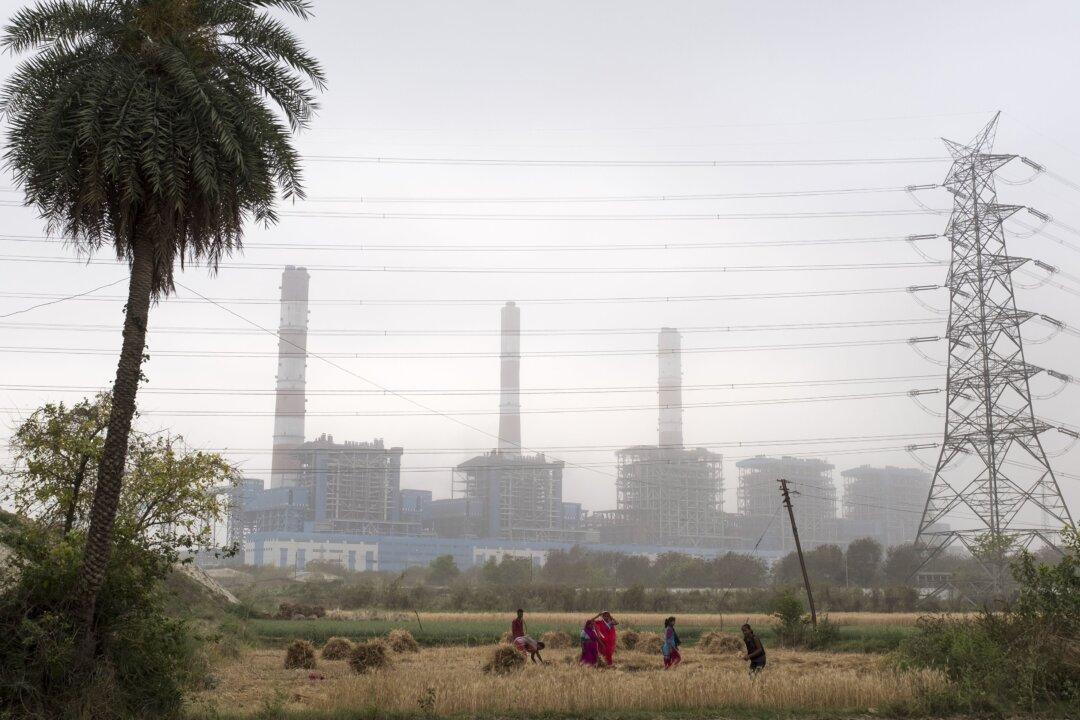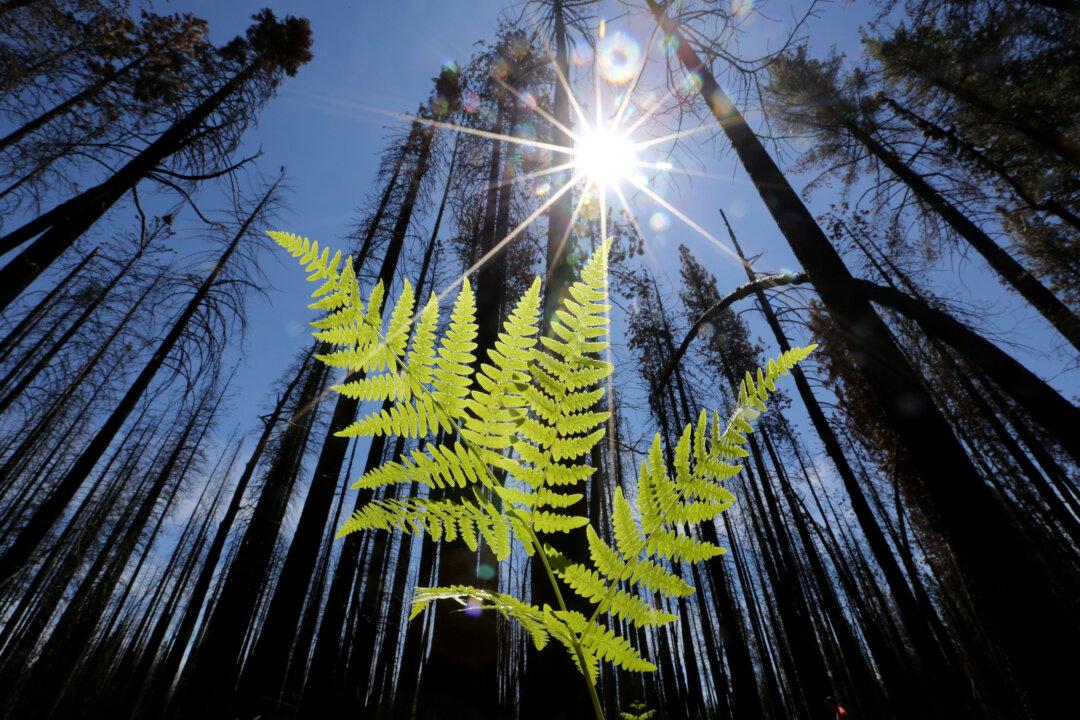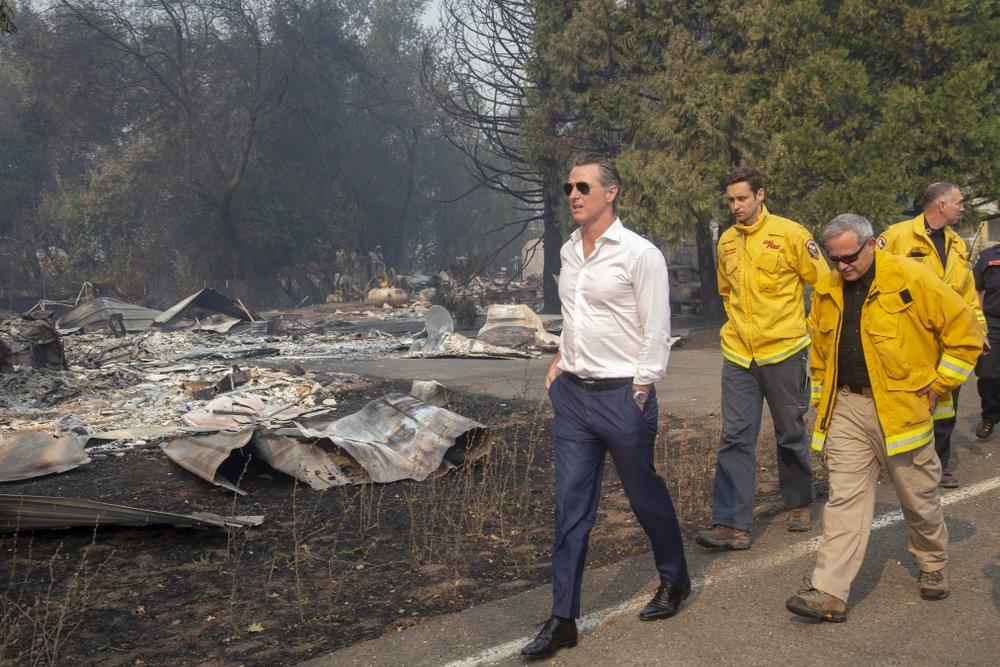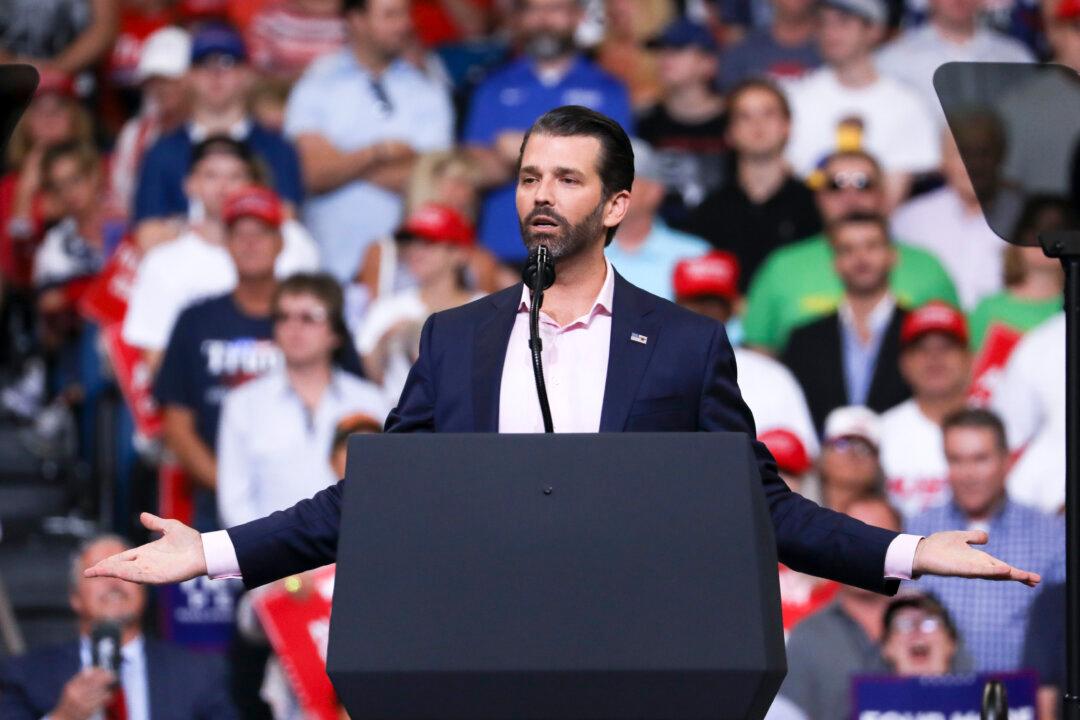The United States has expanded its strategic energy partnership (SEP) with India, with U.S. Energy Secretary Dan Brouillette recently prioritizing new areas of cooperation with Indian Minister of Petroleum and Natural Gas Dharmendra Pradhan.
According to Brouillette, the meeting that convened between the United States and India reflected both countries’ resolve to place energy development at the center of their relationship, as both nations seek to quickly emerge from the pandemic crisis to a position of strength.





